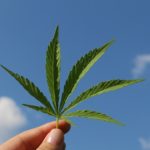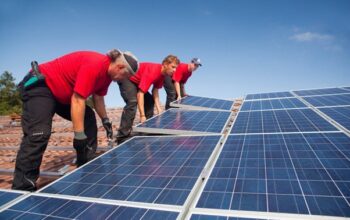If you’ve heard about the amazing benefits of medical cannabis for chronic pain (and more), chances are you’ve wondered about growing this miracle plant yourself.
The good news is that growing cannabis is probably not as complicated as you thought. With a small outlay and a little effort, you can successfully grow cannabis at home. As Beginner Grow Guide mention in there article that it is important that you understand the basics of growing cannabis, which includes the plant cycle, the growth stages, and the different requirements of different strains such as male and female plants
Most of the items on this list can be found at a specialist online retailer like trimleaf, others can be found at your local home depot.
Here are the six essential things you’ll need to get started.
1. Cannabis Seeds
The first thing you’ll need to start your grow are cannabis seeds, which you can buy from seed banks and reputable vendors.
You’ll have a range of different strains to choose from – but be sure to choose a strain that is beginner-friendly (ask your vendor if you’re not sure.)
You’ll also have a choice between photoperiodic and auto-flowering seeds.
Photoperiodic Seeds
Photoperiodic cannabis seeds can produce male and female plants –whether you get a female or male plant is just the luck of the draw.
Photoperiodic seeds begin the flowering stage when the lighting schedule switches from 18/6 hours of light/darkness per day to 12/12. When grown outdoors, they will enter the flowering stage when the days grow shorter (usually in the fall).
Feminized Autoflowering Seeds
Autoflowering cannabis seeds produce female plants, and they don’t need a change in lighting schedule to trigger the switch from the vegetative phase to the flowering phase.
The environmental conditions and lighting don’t matter – auto-flowering seeds will begin to flower within a fixed timeframe.
These seeds are ideal for beginners because you won’t have to worry about light leaks ruining your lighting schedule or try to guess if the plant is male or female.
Autoflowering cannabis plants have a lifecycle of around 3-4 months, so they will be ready to harvest sooner.
2. A Grow Environment With Lighting and Airflow
A grow environment can be anything from a bucket or tent to an entire room – it all depends on your resources and how much cannabis you want to grow. If you are growing indoors, however, you will need an artificial light source and a ventilation system.
Grow Lights
We recommend LED grow lights because they are the easiest to control, produce the highest yields, and are the most energy-efficient. LED grow lights can be configured to suit any setup – it all depends on what kind of coverage you need.
Ventilation
Your growing environment needs good and constant airflow to prevent mildew, rot, and other diseases. The easiest setup for clean air exchange is an exhaust fan or cooler, placed on top of your tent or box to allow air from the bottom of the enclosure to move to the top.
3. Containers
The size of your containers will determine the size of your plants, so the size you choose is up to you. There are many containers available – from small cups to buckets, and even gigantic grow bags.
It is important that the containers you are using have drainage holes at the bottom to prevent water buildup in the container. Without drainage, your plants can get root rot, fungus, and pests.
4. Growing Medium
You’ll also need a growing medium, or substrate, for your cannabis plants to grow in. Choose a soil mix that has the right balance between organic and inorganic matter and space for air.
Making sure that your soil is aerated will prevent root problems down the road – you can add perlite, vermiculite, or coco coir to create a lighter, airier soil mix.
5. Nutrients
There are many fertilizers on the market that provide optimum nutrition for your cannabis plants at every phase of the growing cycle. Feed your plants according to the instructions on the label, and be careful not to over-fertilize so that you don’t burn your crop.
6. Water
You’ll need access to a clean water source. Tap water is usually sufficient unless it is “hard” water. The PH of your water should be around 6-7, and you can adjust it with water treatment products.
If you are using tap water with high amounts of chlorine, “age” the water by letting it sit in a bucket overnight to allow the chlorine to evaporate.
Related Posts












